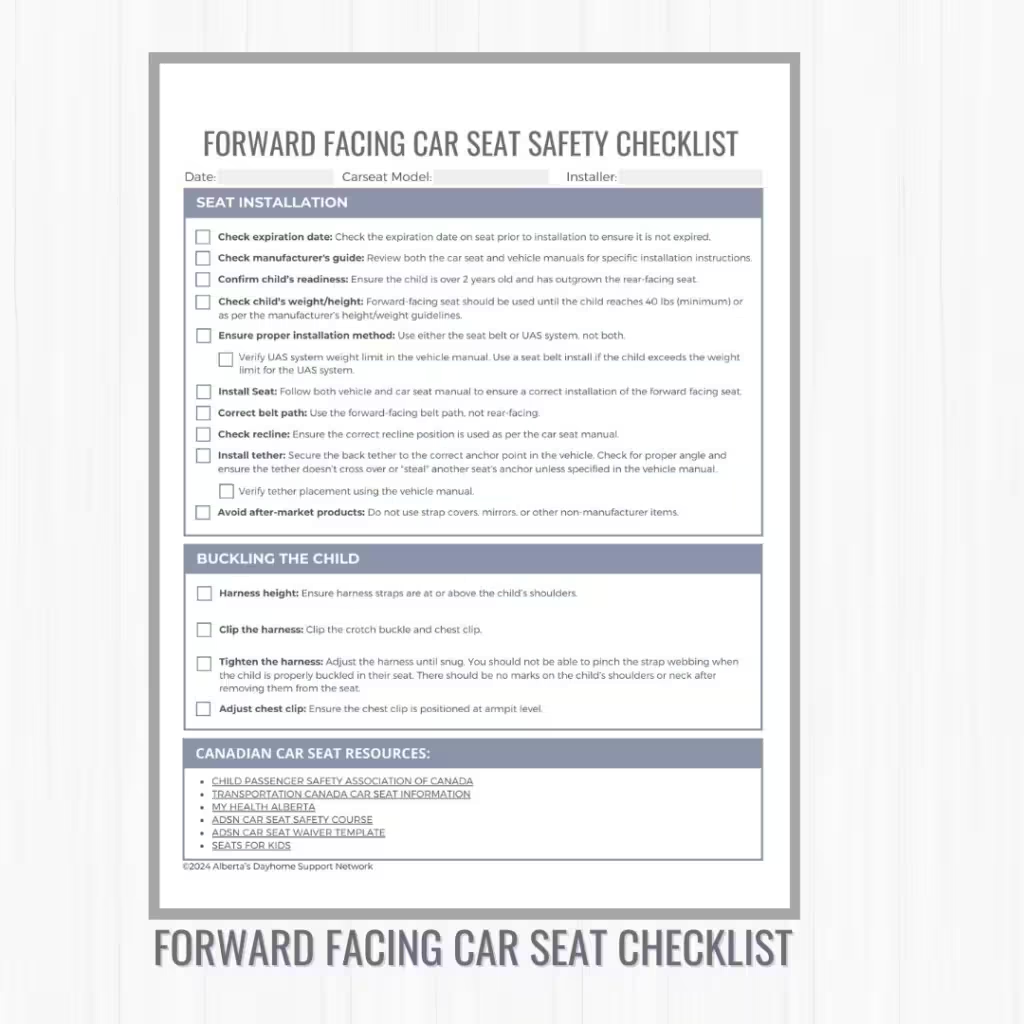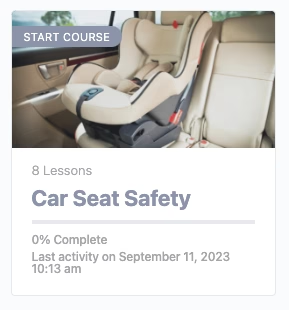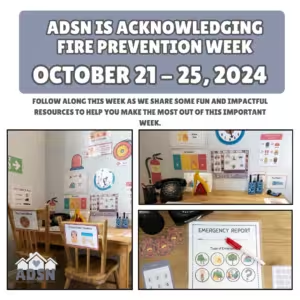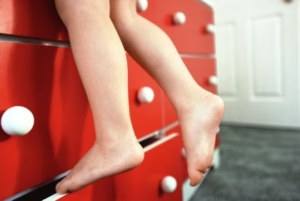September marks an important time for parents, caregivers, and dayhome providers—Child Passenger Safety Week is here! This annual event, held from September 14-22, shines a spotlight on one of the most critical responsibilities we have: keeping children safe in vehicles. Car crashes are a leading cause of death and injury to children in Canada, but with the proper use of car seats, booster seats, and seat belts, we can reduce this risk significantly.
Why Car Seat Safety Matters
In Canada, car crashes pose a significant danger to children, with improper or incorrect use of car seats being a common factor in injuries. Statistics show that properly used car seats can reduce the risk of fatal injury by as much as 71% for infants and 54% for toddlers. This highlights how essential it is for caregivers to install and use car seats correctly on every single ride.
Whether you’re driving across the country or just around the block, proper car seat installation can make all the difference in protecting your child. Unfortunately, many well-meaning parents or caregivers unknowingly make errors in car seat use, which compromises safety. That’s why Child Passenger Safety Week is the perfect reminder to double-check your car seat knowledge and ensure that children are secured properly.
Key Considerations for Car Seat Safety
Here are some important car seat safety tips to keep in mind, especially when transitioning to a forward-facing seat:
- Age & Weight: Children should remain in a rear-facing seat until at least 2 years old. After this, they may transition to a forward-facing seat, depending on their height and weight.
- Manufacturer’s Guidelines: Each car seat has specific instructions and limits for height and weight. Always refer to the car seat’s manual for guidance and follow the vehicle manual for installation tips.
- Harness Placement: When using a forward-facing seat, ensure the harness straps are at or above the child’s shoulders. The straps should be snug, but you should not be able to pinch the webbing between your fingers.
- Tethering: The top tether must always be used for forward-facing seats. Ensure it is properly attached to the correct tether anchor in your vehicle.
- Avoid After-Market Products: Do not use additional padding, strap covers, or mirrors that didn’t come with your car seat. These items can interfere with the seat’s safety performance.
Transitioning from a Car Seat to a Booster
Children should stay in a forward-facing seat until they reach at least 40 lbs and remain in a booster seat until they’re tall enough for an adult seat belt to fit them correctly. This typically occurs when the child is between 8-12 years old and 4’9″ tall. A properly fitted seat belt should lie across the child’s chest and shoulder, not their neck or face, and the lap belt should fit snugly across the upper thighs.
Car Seat Safety Resources
To support providers and parents during Child Passenger Safety Week, we’ve compiled a list of valuable resources to ensure children are safe in their seats:

Forward-Facing Safety Checklist
This handy, downloadable PDF helps ensure car seats are installed and adjusted correctly. It covers key safety aspects like proper installation, harness adjustments, and correct tethering.
This resource is one of our September NEW Resources.

Car Seat Safety Course by Little Lungs
This comprehensive course offers in-depth guidance on car seat installation, types, and safety practices. It’s an excellent resource for those looking to boost their knowledge and confidence in car seat safety.

Car Seat Waiver Template
This customizable and editable PDF template can be used by dayhome providers to outline responsibilities and create clear communication with parents regarding car seat usage and safety protocols.
Spread Awareness During Child Passenger Safety Week
Help spread the word about Child Passenger Safety Week by sharing these tips and resources with your community. Taking just a few extra minutes to check that your car seat is properly installed and correctly fits the child could be a life-saving decision.







Responses